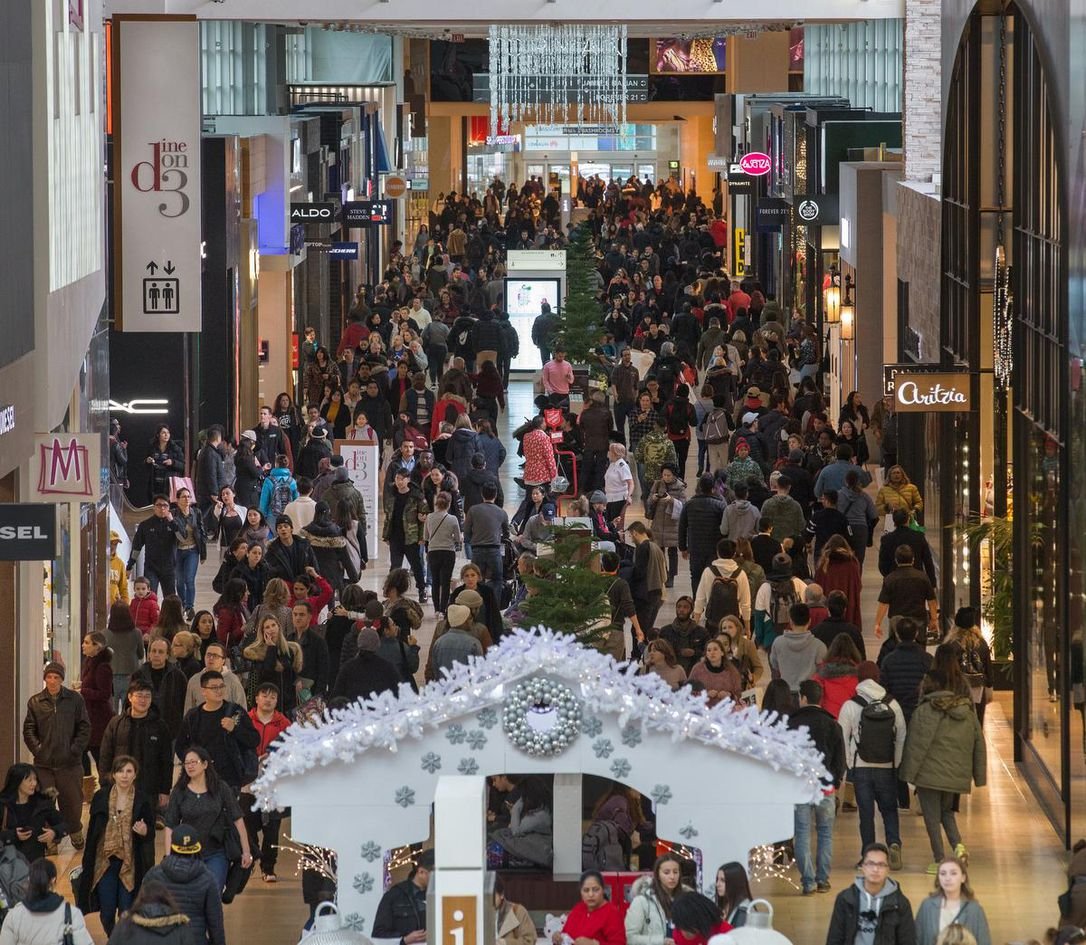Shop smarter and earlier this holiday season — and still save money
Paw Patrol toboggan and matching toque for my two-year-old — check.
Jolly Jumper and snowsuit for my three-month-old — check.
Running shoes for my hubby — check.
I’ve got my list. I’ve checked it twice. I’ve made my budget. Now I’m ready to shop.
I’m feeling more hopeful about the holidays this year as we seem to emerge from the pandemic, and the excitement has economists predicting that households will spend up to 30 per cent more than last year.
That’s a pretty big increase, and one that the majority of Canadian households can’t actually afford based on recent debt data.
Here’s how not to spend the projected $1,600 per household and instead shop with joy on a much lower budget.
Whatever you do, do not holiday shop without a list and a budget.
I know. I know.
Black Friday and Cyber Monday are almost here and you want to get moving on your shopping so you can take advantage of the deals.
But, have you ever gone grocery shopping without a list? It’s a fabulous way to overspend by a good 20 to 30 per cent and waste food, even when there are plenty of deals!
The same principle applies to holiday shopping. Before you load up your physical and digital carts, take time in the next few days to map out what you need to buy. Without a clear plan you will definitely go over budget.
How about you just slash your budget?
Now that you have your list, do your research on how much everything will cost. Tally it up. What’s the number?
If it’s more than what you can really afford, slash it by half. That might mean buying for fewer people. Honestly, it’s OK. People won’t care and, if they do, you probably shouldn’t be hanging out with them. When you give, it’s about thoughtfulness, not money. And the recipient will not want you to suffer under unnecessary debt because you went overboard trying to please everyone.
You can even make people gifts instead. My toddler is a pro at this; painted rocks as paperweights are his specialty.
It’s not too early. You should start shopping now.
Spacing out purchases is helpful for your cash flow and your mind. Last-minute shoppers almost always go over budget because they are in a rush and not thinking super clearly. They also don’t have time to look for deals.
Start your holiday shopping this week. Then do a bit next week and the week after. As you go along, research the best deals and tick the items off your list. The exchange rate and crazy high inflation are not in your favour, so steer clear of shopping in American dollars if you can.
Additionally, because of supply chain issues, primarily with electronics at the moment, you’ll want to start early because orders may take longer to process.
Propose an eco-friendly holiday season
Trade in traditional cards for e-cards. Reuse gift bags and wrapping. Dig out the old decorations you’ve had for years and dust them off. Borrow or swap anything you might need fashionwise, too (ugly sweaters, Santa costumes and glittery dresses). Take a look at the second-hand market for gifts. One of my coaches buys all her kid’s toys from her local swap-and-sell site and she saves a bundle. Even doing a secret Santa (buy for one person rather than everyone) helps save the environment and money.
Start saving and cash in those points
Tuck away some money each week to earmark for holiday shopping. It will help you avoid debt and payment plans by paying cash for your purchases. And use up any loyalty points you’ve been sitting on. They’re valuable and don’t do you any good if you’re just hoarding them.
With these money-saving tips in place, get out there and enjoy the beautiful decorations, amazing music, and savings.
This article was originally published in The Star. Lesley-Anne Scorgie is a Toronto-based personal finance columnist and a freelance contributing columnist for the Star.

